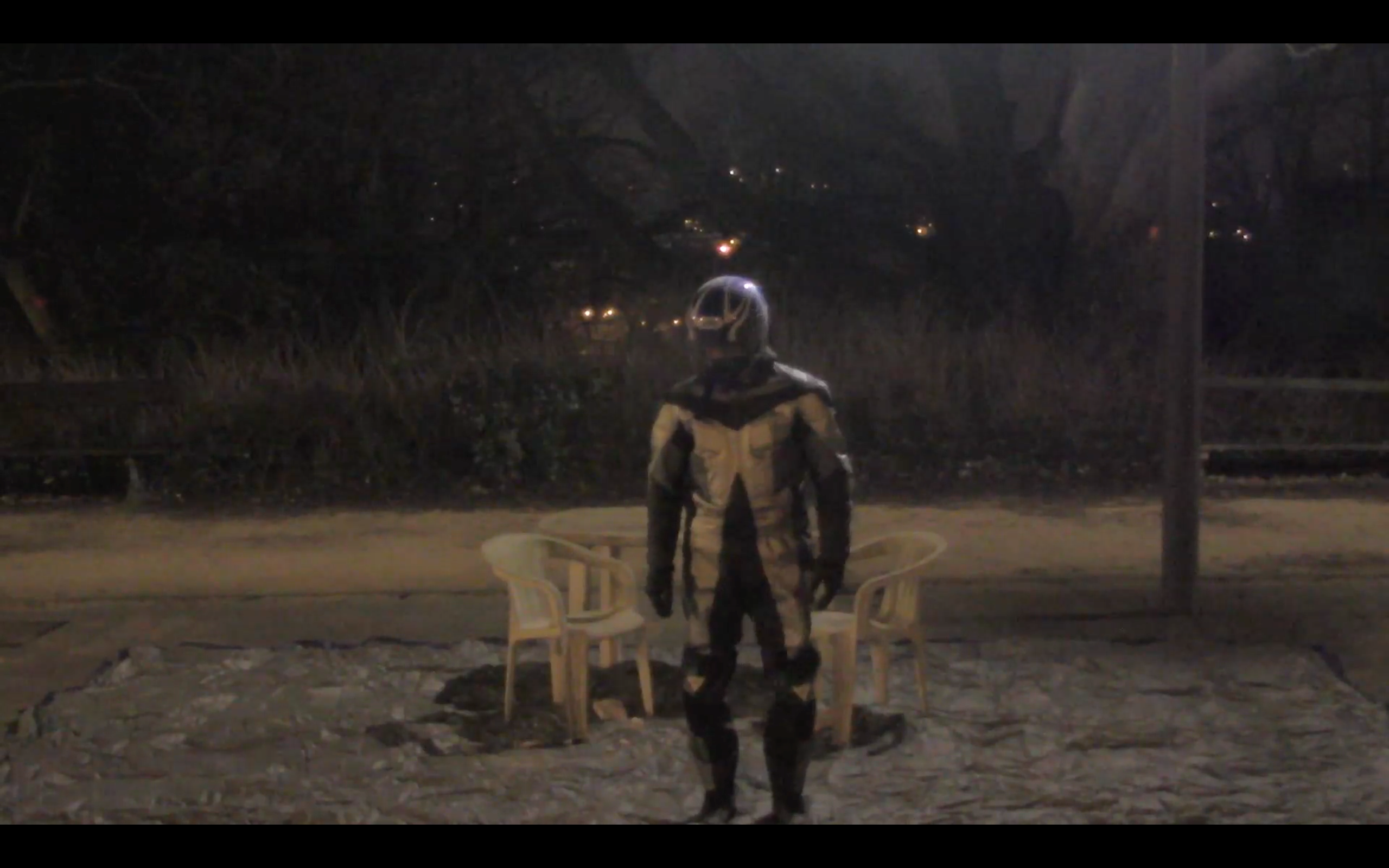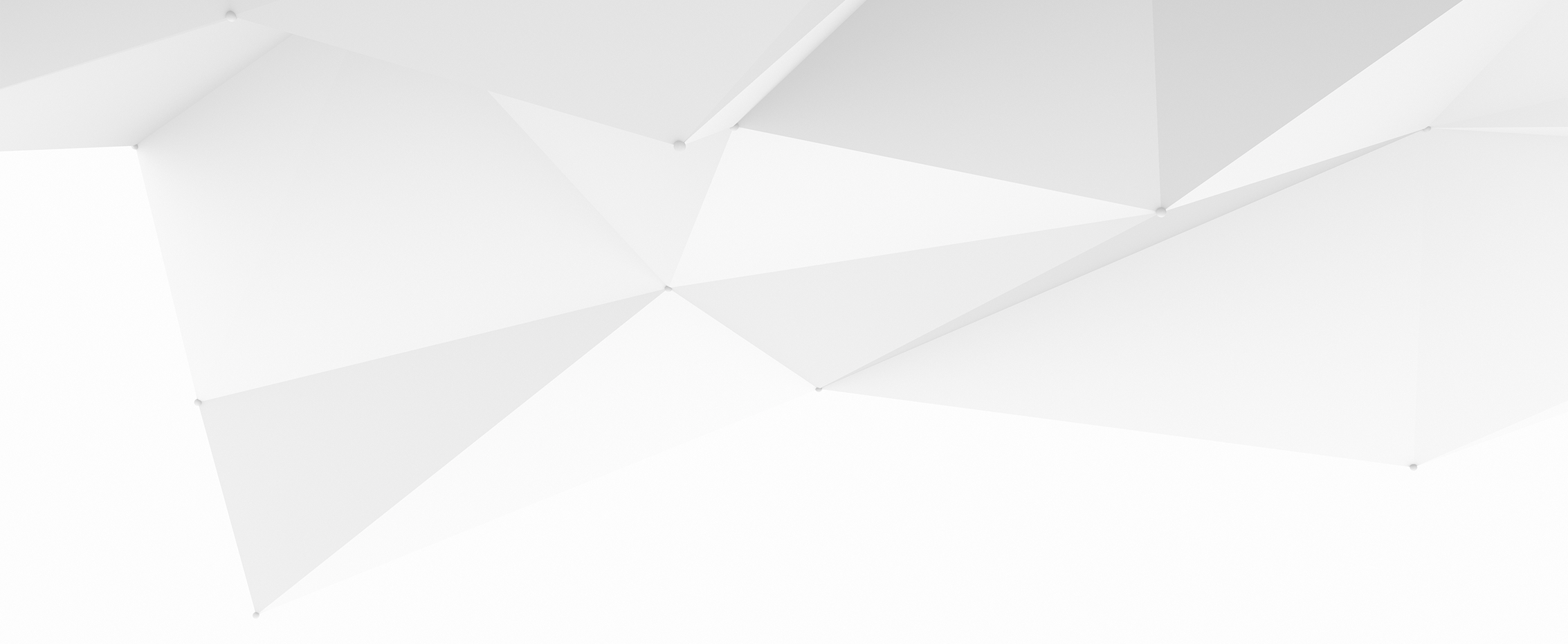L-am cunoscut pe Dymitry în cafeneaua WASP, în după amiaza celei de-a doua zile de repetiții pentru noul lui performance ”Steinmantel”, în cadrul unei rezidențe oferite ca Wild Card de Asociația 4Culture și Ultima Vez / Wim Vandekeybus, în cadrul rețelei europene Life Long Burning. Am profitat de ocazie ca să discutăm despre prima sa creație, ”Steinmantel” și prezentarea work-in-progress pregătită în studiourile WASP.
Am vorbit despre acrobatică și deconstrucția clișeelor, despre brutalitate și râs, despre obscenitate și murdărie și despre modalitatea în care lucrul manual echilibrează conexiunea dintre minte și corp. Dymitry mi-a povestit cum a intrat pentru prima dată în contact cu lumea performance-ului (un show TV!), de ce este fascinat de țările estice (murdărie! cabluri!), cum este să lucrezi cu Wim Vandekeybus și cum toate aceste influențe l-au condus către conceptul de “Motchok”. Descoperă de ce costumul de motociclist este așa de important și despre ce ar putea fi vorba în noul performance “Stein Mantel” (costum de piatră în germană)!
Dymitry, ai mai fost în București și la WASP în 2012, în cadrul eXplore dance festival – ce părere ți-au lăsat locul și orașul?
Dymitry: Când treci așa de rapid prin diferite locații, nu apuci să îți faci cu adevărat o impresie. A fost păcat, pentru că am avut una dintre cele mai bune reprezentații aici. O locație minunată, foarte mică pentru noi – eram obișnuiți să jucăm în spații mari. Cu toții avem amintiri frumoase de la WASP datorită atmosferei de apropiere.
Ai studiat în Berlin, Toulouse, Paris și ai lucrat în Belgia cu Ultima Vez și Wim Vandekeybus în ultimii 4 ani, călătorind mult în întreaga lume – unde te simți acasă?
Dymitry: Anul acesta ar fi al cincilea pentru mine în Belgia, așa că acolo este casa mea. M-am mutat acolo ca să lucrez cu Ultima Vez, dar în ultimul an am petrecut mult timp în Budapesta și am călătorit mult. Deși nu am mai fost acolo aproape un an, nu am simțit niciodată că am părăsit Belgia. Acum m-am întors și îmi doresc să stau acolo o vreme.
Cum a influențat Budapesta creația ta recentă și înființarea grupului “Motchok”?
Dymitry: “Motchok” a fost creat pentru că voiam să creez sub numele meu și să las în același timp spațiu și altor artiști. Nu îmi plăcea ideea de a numi un grup doar după numele meu. Numele nu este neapărat conectat de oraș, ci de cuvântul maghiar „mocsok”. L-am auzit din greșeală într-o conversație și a devenit cuvântul meu preferat din limba maghiară, datorită sonorității și expresivității pe care le conține. Înseamnă murdar, împuțit și se potrivește! Îmi plac orașele murdare, locurile murdare! E ceva ce îmi place foarte mult, mediile dure! Din cauza asta îmi place și aici, în București! Sunt complet îndrăgostit de toate cablurile care atârnă prin oraș. De fiecare dată când sunt într-un oraș care este situat mai în est, față de Germania să zicem, îmi place și mă inspiră. Poate din cauză că sunt pe jumătate polonez – mama e poloneză, am acest interes către Est.
Ai învățat limba maghiară?
Dymitry: Nu, e prea dificil, incredibil de dificil. Am învățat doar câteva cuvinte, cuvinte urâte! Acum se spune că Budapesta este al doilea Berlin, Bucureștiul poate fi văzut ca o a doua Budapesta și toate aceste trei orașe se află pe aceeași linie. O mulțime de oameni se mută în Budapesta ca să înceapă mici afaceri pentru că este încă suficient de ieftin și lucrurile se întâmplă. Aș zice ca e puțin la modă această tendință. Am trăit în Berlin 2 ani și jumătate și unele colțuri sunt identice!
Ce te-a inspirat în ultima vreme și în creația din jurul grupului Motchok?
Dymitry: M-am jucat cu un costum de motociclist pentru o perioadă destul de lungă. De fapt, sunt foarte inspirat de Jackass. Am fost un mare fan când eram tânăr. A fost primul meu contact cu performance-ul, cu oameni care lucrează cu corpul, care folosesc corpul ca obiect sau ca platformă pentru a face ceva. Refacerea tuturor acestor lucruri alături de prietenii mei a fost primul moment în care mi-am dorit să mă reprezint. A fost prima mea inițiere în a reprezenta ceea ce fac, a filma, a înregistra. Știu că oamenii cred că tipii de la Jackass sunt doar niște țăcăniți care se droghează și petrec fără oprire. Dar capacitatea de a râde în fața unui lucru atât de dureros și oribil este pentru mine pur și simplu fascinantă. Nu am mai întâlnit-o niciunde altundeva. Găsesc genială modalitatea în care ei se folosesc de protecția râsului și a glumei pentru a transforma ceva serios în ceva incredibil de relaxat!
Spune-mi mai multe despre șoc și râs în munca ta.
Așa cum am zis, își are originile în Jackass și își propune o revitalizare a ceea ce e acolo. Poți râde în fața unor lucruri total iraționale, care poate nu sunt corecte din punct de vedere logic sau moral sau politic. Nu ar trebui să îți interzici să râzi de ceva din cauza lumii care te înconjoară. De durere sau de lucrurile stupide. Am imaginea asta a unui copil care râde în fața unui accident de circulație. E incorect din punct de vedere moral, dar pentru copil e doar o imagine, ceva incredibil care se întâmplă! Contradicția dintre acest copil și accident creează o distanță uriașă. Ar trebui să fim șocați de un accident de mașină. Dar, pentru mine, să vezi acest copil cum râde, este normal. Nu îl poți pedepsi pentru că e total inocent. Mi-ar plăcea să am o bază foarte serioasă pentru piesă care să poată fi transformată cu ușurință într-un râs ca de copil.
De ce folosești costumul de motociclist?
Folosesc costumul ca protecție, ca modalitate de creare a anonimității, de acoperire a persoanei. O dată ce îl pui pe tine, te întrebi, ce este? Cine este? Cine este personajul de sub el? Poți face lucruri care altfel sunt imposibile.
Sunt circul și acrobațiile exotice și neobișnuite în lumea dansului contemporan?
Dimitry: În ultima vreme un număr din ce în ce mai mare de coregrafi din Belgia invită oameni cu formări din cele mai diverse, de multe ori fiind circ și acrobatică. E o tendință destul de prezentă, de a mixa dansul conemporan cu circul și acrobatica, mai ales în Belgia. Pentru mine e puțin dificil – circul devine din ce în ce mai popular, mai ușor accesibil și orientat către amuzament. Dar oamenii făceau lucruri minunate în circuri, foarte puțini oameni, dar lucruri foarte mari. Acum simt că l-am……depășit? nu depășit, defapt, mă întorc la el, dar într-un mod diferit! Problema este că trebuie să am foarte mare grijă cum o spun. Pentru că imaginea declanșată de cuvântul ”circ” este foarte diferită de realitate. Diferențe mari, mari!
Cum îți influențează acrobatica propriul stil și creațiile?
Dymitry: Păi, sunt un dansator destul de acrobatic, în general.
Și în imaginea de ansamblu a dansului din zilele noastre, ai spune că acrobatica și circul sunt o influență la modă, sau doar în Belgia?
Dyimitry: Da, sunt. Am câțiva prieteni care lucrează în cadrul unor companii mari și vin din acrobatică. Pentru că oamenii sunt interesați de această modalitate, să zicem completă, de a-ți mișca corpul. Când predau workshop-uri unor oameni care au experiență în acrobatică – cursuri de dans vreau să zic -, încerc să îi învăț cum să facă un lucru după celălalt, să conecteze mișcările, pentru că deobicei toată lumea este foarte concentrată pe o mișcare, să spunem un salt – o mișcare rapidă și complicată, cu un început și un final foarte clare. Eu încerc să îi învăț să ”încetinească” saltul.
Ai menționat acest amestec al diferitelor discipline în descrierea noului tău performance ”Stein Mantel”. Creațiile tale par să fi inspirate de alte arte și meserii.
Dymitry: Pur și simplu mă întrebam ce se întâmplă dacă numești un film coregrafie și un meșteșugar dansator. Mi-ar plăcea să spun: asta e ca asta. În ultimele rezidențe am avut acces la un atelier și a fost foarte important pentru mine să creez și să construiesc lucruri pe lângă faptul că dansam și mă mișcam.
În ce fel au influențat meșteșugurile practicile tale creative?
Dymitry: Faptul de a construi lucruri cu mâinile mele e foarte important pentru mine în general, îl iubesc. Observ de asemenea că aici, la WASP, este foarte greu să nu pot face asta, să nu am un atelier. De exemplu, în proiect vor fi o muțime de obiecte pe scenă și deobicei pe acestea le construiesc chiar eu. Am o relație apropiată între lumea ”virtuală”, intangibilă și lumea mult mai reală și tangibilă a construcției de lucruri materiale, distrugerii și poate reconstrucției lor. Am nevoie de ambele și, de fiecare dată când una dintre ele lipsește, îmi este dificil să creez. Când e prea concret, am impresia ca e prostesc, de parcă aș muta pietre dintr-un loc în altul, iar când sunt în studio și doar mă mișc și gândesc, parcă totul este mult prea intangibil.
Pentru prezentarea de la WASP vreau să mă concentrez pe această lume intangibilă și să creez doar câteva obiecte mici. Nu am cerut niciodată să am un meșter pe scenă, dar am un al doilea performance în această serie, unde mă joc mai mult cu tema meșteșugăritului. Steinmantel este mai mult despre protecție în general.
Te rog explică-ne modalitatea ta de lucra în timpul rezidențelor, ai menționat că îți place să inviți oameni din alte arte și discipline.
Dymitry: Ideea mea este de a invita pentru fiecare performance sau serie de performance-uri diferite persoane care să fie cu mine pe scenă. Mă joc cu ideea de a invita de fiecare dată o persoană din aria sporturilor extreme, un gimnast sau un halterofil. Sunt fascinat de oamenii care fac un singur lucru toată viața. Este incredibil! Un halterofil face mereu, an de an, același lucru, mergând din ce în ce mai departe. Eu sunt foarte incapabil să fac asta. Sunt foarte nepriceput în a face același lucru pentru o perioadă îndelungată. Și în circ este puțin așa. Există noțiunea aceasta de a repeta un anumit lucru, în special dacă este o figură complexă. Ideea mea pentru Steinmantel este să invit pentru fiecare performance o persoană care să reprezinte maximul de progresie într-un anumit domeniu. Dar știi, de asemenea, asta e doar o idee. Conceptul piesei este în schimbare, acestea sunt doar a treia, respectiv a patra săptămâna de lucru propriu-zis, așa că nu știu încă dacă voi urma sau nu ideea până la capăt.
Știu că ai mai lucrat undeva la ”Motchok” înainte de București.
Dymitry: Da, la teatrul Les Migrateurs, din Strasbourg, Franța.
Când vom vedea SteinMantel în premieră?
Dymitry: Văd premiera undeva la sfârșitul următorului an. Depinde desigur de cât de intens lucrezi a ceva, dar procesul trebuie să și dureze. Aceasta e defapt prima dată când creez ceva pe cont propriu!
Și cum te-a pregătit lucrul cu Wim Vandekeybus pentru crearea propriilor coregrafii?
Dymitry: Lucrul cu Wim Vandekeybus te inspiră cu siguranță. În piesele sale îți dă o libertate foarte mare și se bazează pe creativitatea și personalitatea ta, pe ceea ce tu aduci în sală. Nu este cineva care să îți spună cum să îți așezi mâinile. Îți dă o direcție puternică în care ar trebui să mergi și lucrează cu tine pe ceea ce tu aduci, împingându-te mereu spre ceea ce ce își dorește.
Mult succes în realizarea a ceea ce îți dorești în Stein Mantel!
un interviu de Susanne Hessmann
tradus de Alexandra Bălășoiu

